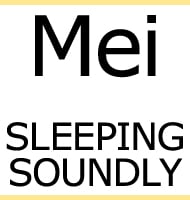Sinusonasus
In Depth Sinusonasus is a genus of troodontid dinosaur that lived in China during the early Cretaceous. Sinusonasus means ‘wave nose’, and this name was given after the way the snout on the holotype skull has an undulating profile kind of like a wave. The tail vertebrae of Sinusonasus are also noteworthy in that the … Read more

